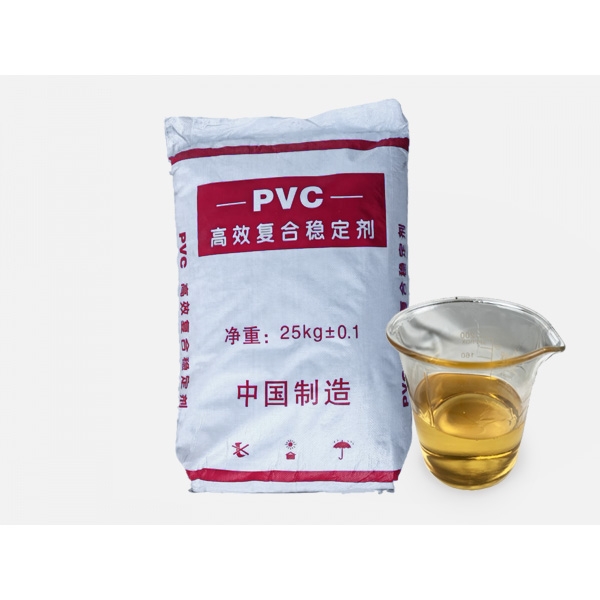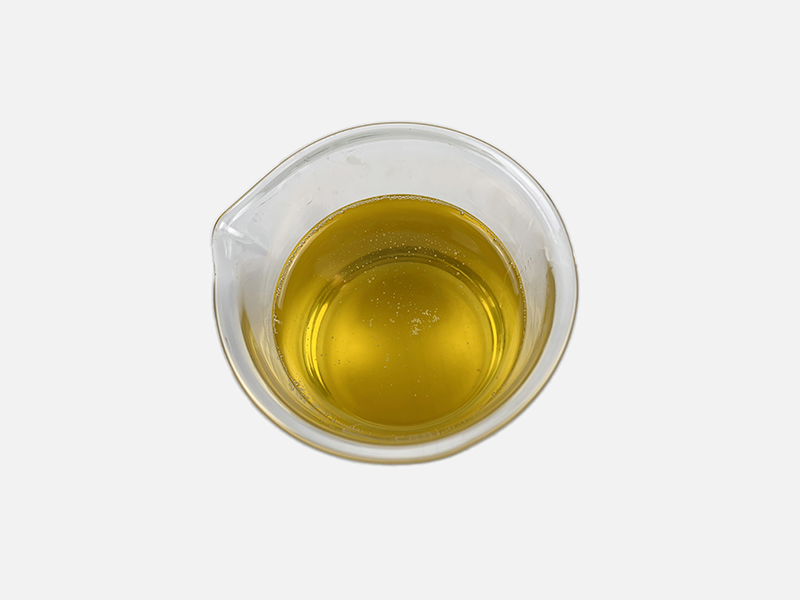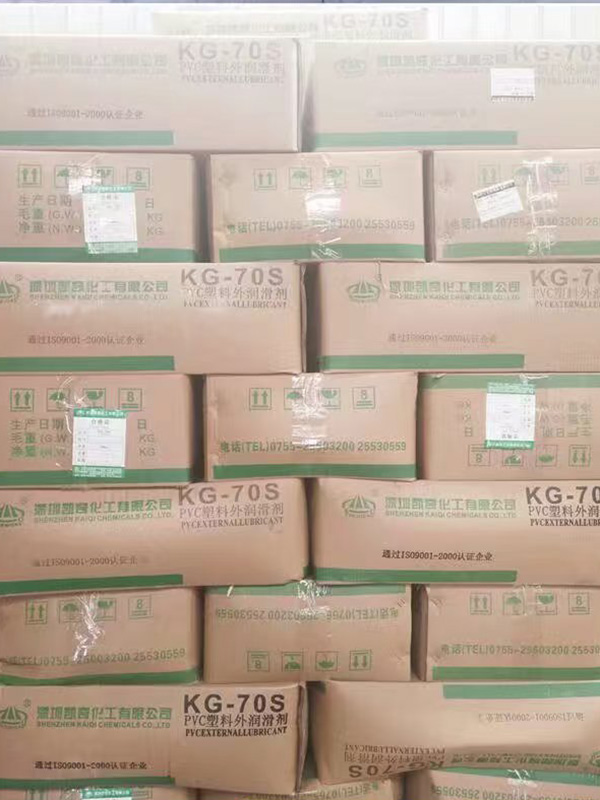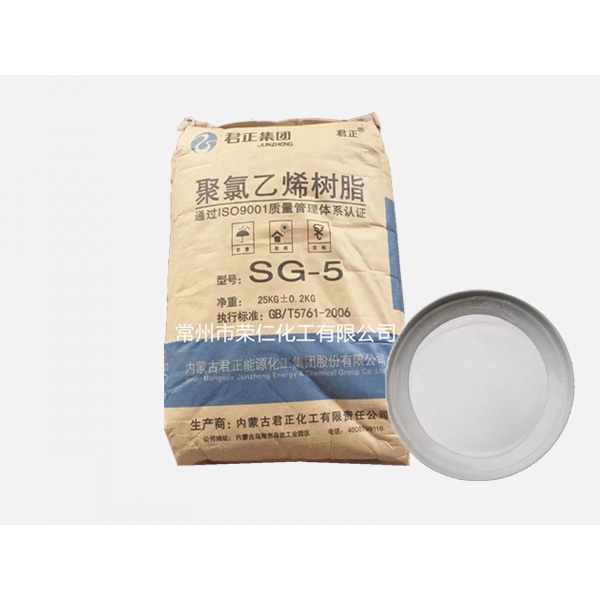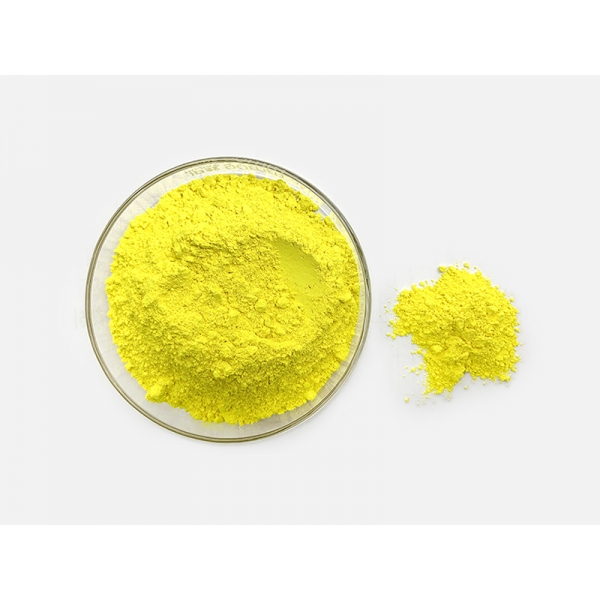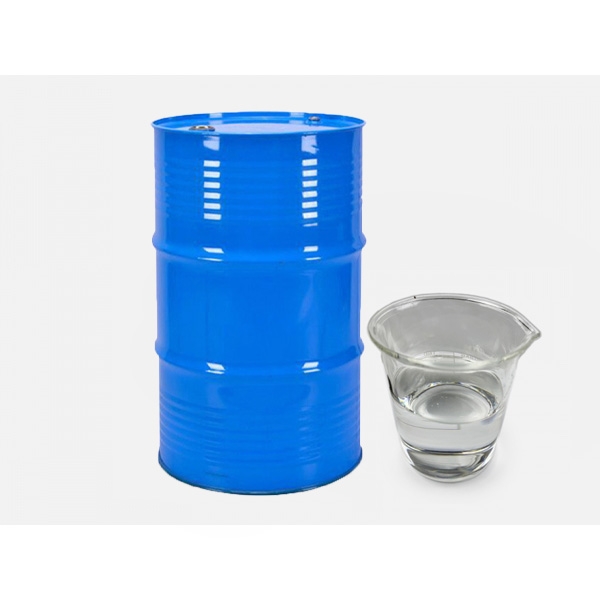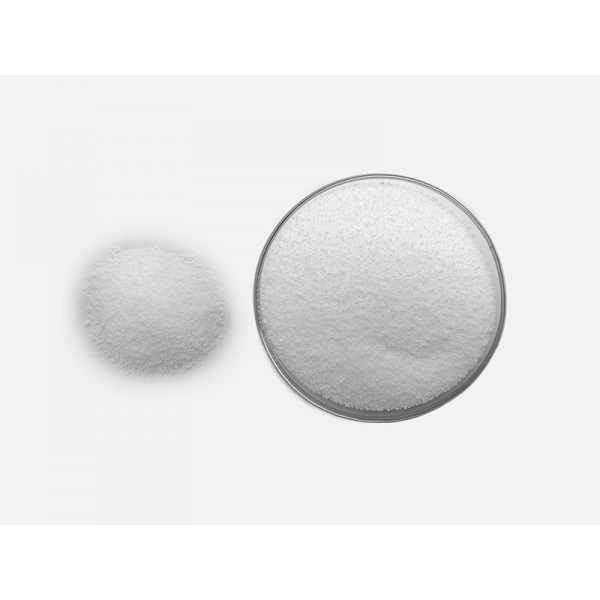Global PVC Additives Market Outlook 2025 – Growth Drivers and Challenges
The global PVC additives market is expected to grow steadily through 2025 and into the next decade, supported by demand from key industries, regulatory changes, and innovations in product performance. At the same time, the industry faces structural challenges, including raw material volatility, sustainability concerns, and competitive pressure from alternative materials. Understanding these dynamics is essential for companies seeking to position themselves for success.
Market research estimates that the global PVC additives sector was valued at approximately USD 6.8 billion in 2024 and is projected to grow at a compound annual growth rate of around 6 percent, reaching nearly USD 9.6 billion by 2030. Stabilizers represent the largest segment of this market, with demand expected to remain strong due to their critical role in durability and performance. The building and construction sector continues to be the primary driver of consumption, followed by automotive, packaging, and healthcare applications. Among global regions, Asia-Pacific holds the largest share, contributing close to half of the total market, and is expected to maintain the fastest growth.
Several factors are pushing this expansion. Rapid urbanization and infrastructure development, especially in emerging economies, are increasing demand for reliable and cost-effective building materials such as PVC pipes, profiles, and window frames. At the same time, stricter environmental regulations are forcing a shift away from traditional additives toward more sustainable alternatives, particularly in stabilizers and plasticizers. Customers across sectors are also demanding materials that provide longer service life, improved weather resistance, and greater safety, creating opportunities for advanced additive formulations. Furthermore, sustainability and circular economy initiatives are encouraging innovation in additives that are compatible with recycling and have a lower environmental footprint.
The automotive and healthcare industries add another dimension to growth. In vehicles, lightweighting trends, along with the need for durable and flame-retardant materials, support the use of specialized PVC additives. In healthcare, high safety standards and resistance to sterilization processes require advanced solutions that can justify premium pricing. These applications, while smaller in volume compared to construction, highlight the value of tailored additives and their role in higher-margin segments of the market.
Despite these opportunities, there are notable risks that cannot be ignored. Price fluctuations in metals and chemical feedstocks used in additives can place pressure on production costs and profitability. Regulatory compliance remains a growing burden, as governments impose stricter standards to eliminate harmful substances from products, requiring investment in research and testing. Competition from alternative polymers and bio-based materials is another concern, as some applications may shift away from PVC entirely if alternatives prove more cost-effective or sustainable. End-of-life issues, particularly around recyclability, also complicate the value chain and demand more responsible product design.
Looking ahead to 2025, the market will likely continue shifting toward eco-friendly stabilizers such as calcium-zinc and organic systems, while demand for non-phthalate plasticizers is expected to accelerate in sensitive sectors like packaging and healthcare. Additives that improve recyclability and maintain product quality when used with recycled PVC will gain importance, alongside solutions that offer superior UV stability, weather resistance, and color retention. Manufacturing capacity in Asia-Pacific is also expected to expand to serve rising local demand and shorten global supply chains.
For Jiangsu Pangrui New Materials Co., Ltd., these trends represent both a challenge and an opportunity. The company can strengthen its market position by investing in innovative formulations that align with global sustainability standards while maintaining consistent quality and performance. Developing additives designed to perform well with recycled materials, addressing the needs of region-specific climates, and ensuring agility in sourcing are all strategies that can build resilience in a competitive environment. By highlighting its commitment to green chemistry and lifecycle responsibility, Pangrui can create a clear advantage in a market that increasingly rewards sustainable solutions.
In conclusion, the global PVC additives market in 2025 will be shaped by a balance of growth drivers and challenges. Demand from construction, automotive, and healthcare sectors will remain strong, while regulations and sustainability goals will accelerate the transition to safer and more advanced materials. Companies that innovate and adapt quickly, such as Jiangsu Pangrui, will find themselves well-positioned to lead in providing high-performance and environmentally responsible PVC additives for the next generation of applications.

